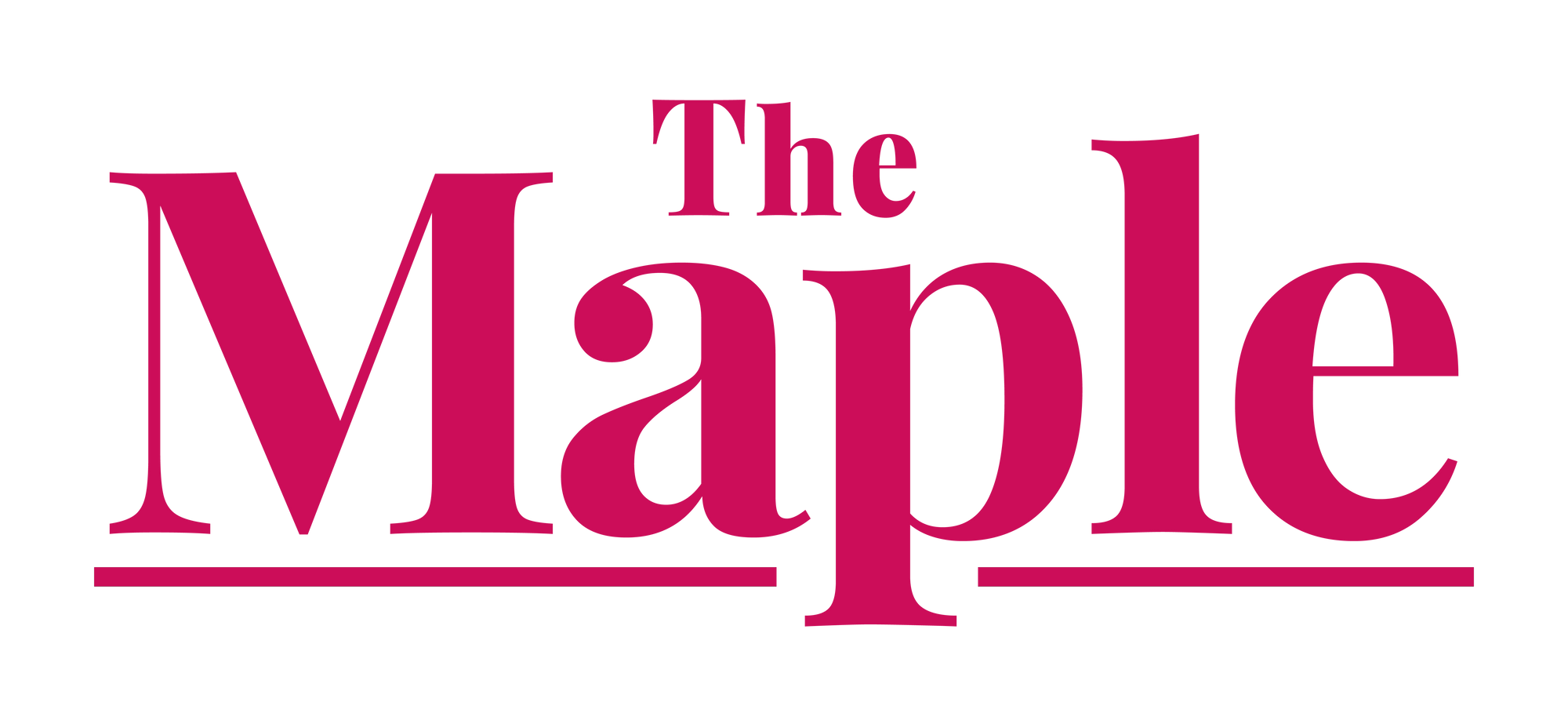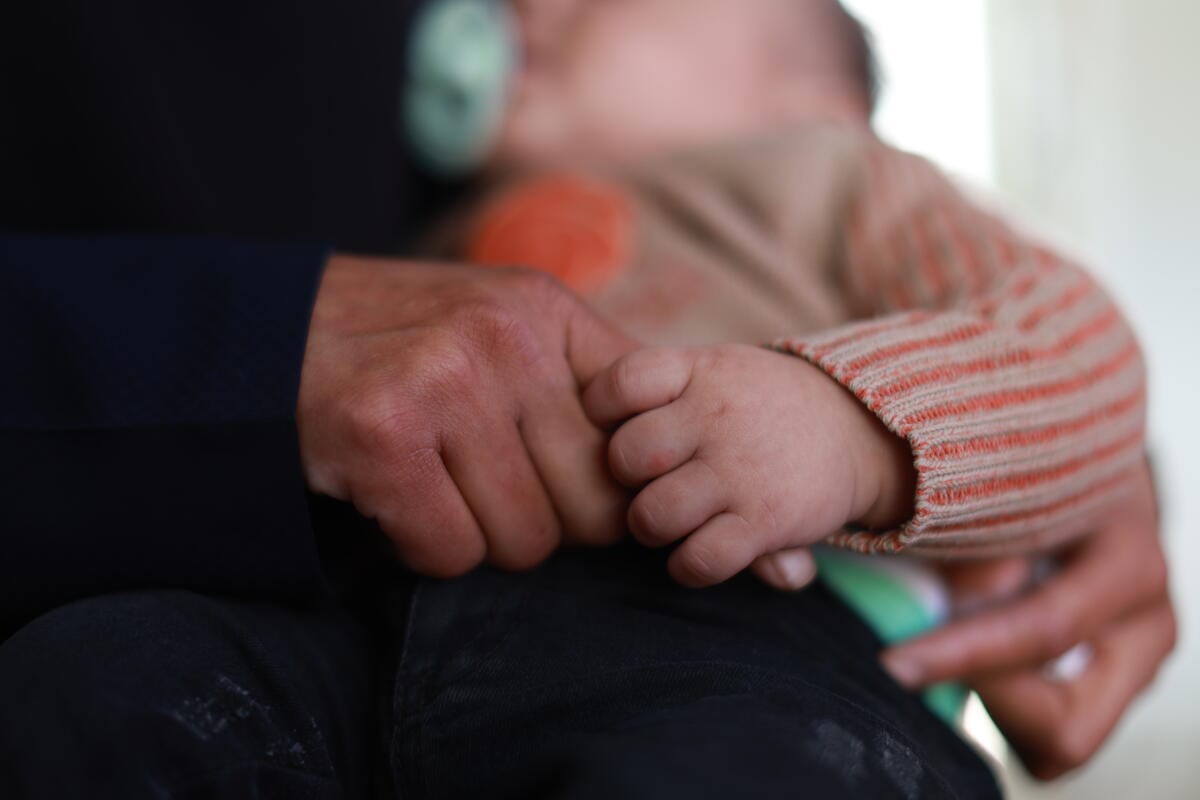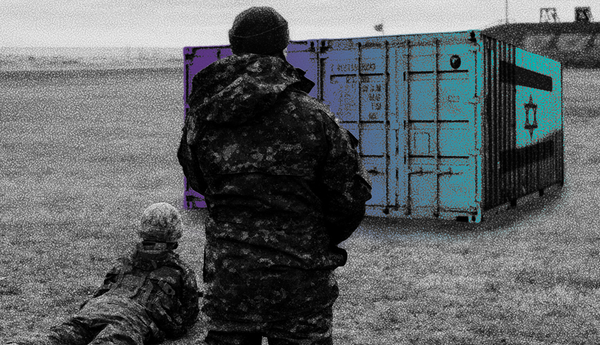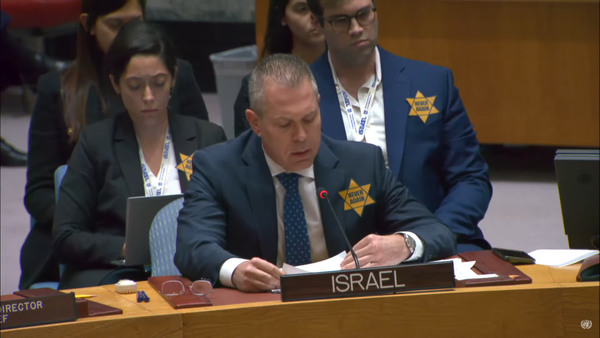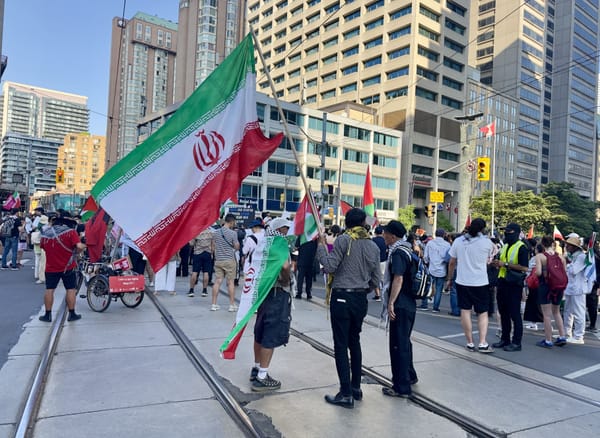I remain haunted by the memory of holding a starving child in my arms.
This memory from a few months ago is more visceral than intellectual — the tactile sensation of her marasmus skin on my fingertips was the texture of an ancient papyrus, too delicate to touch without disintegrating in my hands. Her body, totally devoid of subcutaneous fat, lay still — emaciated and limp as I examined her, a deep sense of dread rising in my chest.
She was too dehydrated to cry and too malnourished to panic. I remember her large, steady eyes, observing without emotion — sheer exhaustion had given her an air of age and wisdom. She was other-worldly in her presentation: incompatible with life, yet alive.
Few health-care providers in Canada will experience an encounter like this in their practice. Indigenous communities face staggering levels of food insecurity; however, starvation is uncommon, and medical management for it is complicated. Refeeding after severe malnutrition can trigger fatal shifts in fluids and electrolytes, so it requires intense monitoring and caution.
It also requires experience, and as a family physician working alone in an Indigenous community, I needed guidance. Thus, I reached out to a physician colleague who, due to years spent providing medical care in Gaza, had expertise in this matter.
Israeli-imposed hunger has long tormented the 2.1 million Palestinians living in Gaza, almost half of whom are children. For nearly 18 years, Israel has maintained total control over Gaza through an illegal blockade that has included limiting the calorie count allowed per person at times. Over the past 19 months, this daily reality has devolved into an unmitigated catastrophe.
In a July 2024 United Nations’ statement detailing the starvation deaths of multiple displaced children, experts declared famine had spread throughout the Gaza Strip. Then, in March, Israel imposed a complete blockade on Gaza, fulfilling the promise made by Israeli Defence Minister Yoav Gallant on Oct. 9, 2023, in which he ordered that no food, water or fuel should be allowed into Gaza as “we are fighting human animals, and we must act accordingly.”
The complete blockade on Gaza was in place for more than 80 days, and the impacts have been predictably devastating.
The most natural reaction to hunger is to search for food. This is an impossibility for Gazans, who are experiencing starvation under siege: they cannot leave, not even into the sea to fish. Thousands of trucks laden with food, water, medicine and other aid also sit impotently at the border, unable to enter. Some of the vehicles that have, such as ones from the World Central Kitchen, have been bombed by the Israeli military. As a result, Palestinians are taking extreme measures to alleviate the excruciating pain of an empty stomach, filling bellies with animal feed, weeds and even seawater.
This man-made, totally preventable famine is a war crime, and yet, as our governments fail to act, its effects may become irreversible.
Earlier this month in a London Review of Books article, writer and famine researcher Alex de Waal called Gaza “a laboratory in which we will discover how much nutritional stress a population can withstand before succumbing en masse.” This is a position that is all too familiar to Indigenous people on Turtle Island.
Within 100 years of the arrival of Europeans, more than 90 percent of Indigenous people of the Americas perished — a period of time known as “The Great Dying.” Later on, Canada openly used starvation as a weapon to ethnically cleanse land for settlement.
Canada’s first prime minister, John A. MacDonald, boasted of keeping Indigenous populations “on the verge of actual starvation” in order to subjugate them and push them into reservations that were inadequately resourced without even the most basic infrastructure. Any Indigenous community next to new, white settlements could be forcibly expropriated, driving Indigenous people onto progressively smaller parcels of substandard land where they could not engage in traditional hunting, fishing and harvesting.
Starvation of Indigenous people was also used as an opportunity to study the impact of progressive malnutrition on the human body. Much of what we know about starvation’s physical impacts comes from forced experiments carried out on Indigenous people in Canada by physicians, including the famed Frederick Tisdall at The Hospital for Sick Children (now SickKids).
Indigenous children and communities were subjected to extreme and prolonged nutrient deprivation and the withholding of medical and dental care. Many of these experiments were undertaken in the immediate aftermath of the Nuremberg trials, in which Nazi physicians who conducted abhorrent biomedical experiments on human beings were found guilty of atrocities, with some sentenced to death. The resulting Nuremberg Code, meant to prevent unethical medical experimentation on human beings, evidently failed to deter the Canadian government and physicians from starving Indigenous people in the name of science.
The results of these experiments were clear: starvation, while a formidable tool for ethnic cleansing and land theft, is merciless. The impacts of these atrocities have ricocheted through Indigenous communities for generations.
In 2022, Parliament unanimously acknowledged the Canadian state’s treatment of Indigenous people amounted to genocide. Despite the remarkable parallels to Israel’s treatment of Gaza, our government is failing in its obligation to prevent history from repeating itself in Palestine.
As I held that starving little girl in my arms, light as a feather, I felt the immense weight of historical destruction. I also felt the strength of our resilience. She has gone on to heal, thrive, laugh and live — like all indigenous people, from Turtle Island to Palestine, should.
Meagre words in a joint statement and crumbs of aid would not have saved her. She survived because of generations that have fought, and continue to fight, for access to health care, water, food, medicine, and basic human rights in the face of brutal policies of genocidal erasure. May this fight continue.
